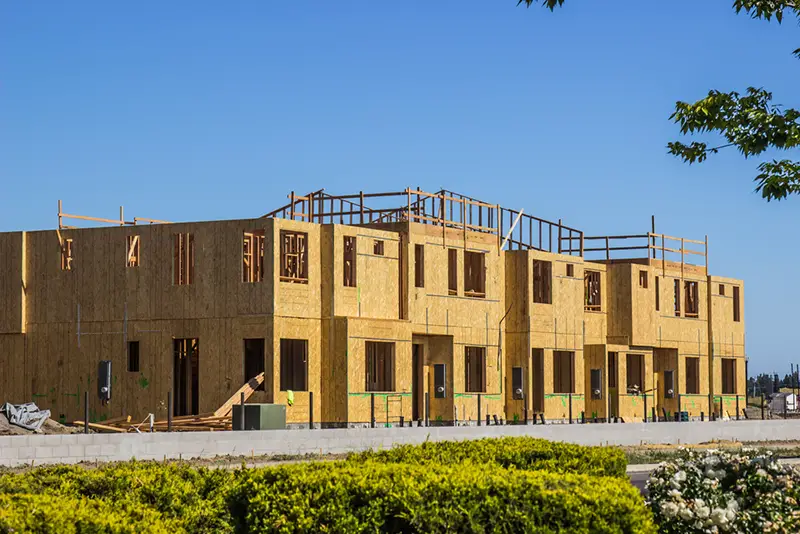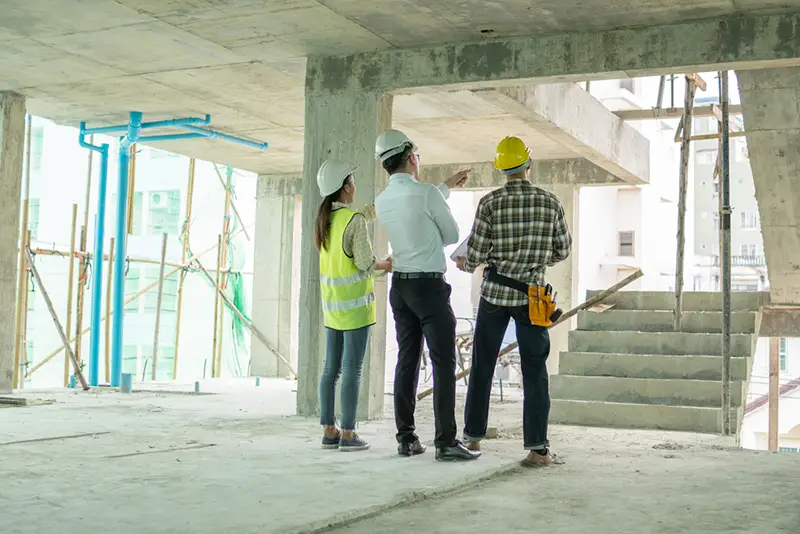Click here to get this post in PDF
When starting or expanding a business, one of the many decisions you’ll have to make is what type of building to use. Eco-friendly constructions are gaining popularity in the business world.
Hybrid is one of the most popular types of sustainable construction materials. A hybrid building uses a combination of traditional and green construction methods. There are two common types of hybrid material: wood and steel.
If you’re going to differentiate between wood vs steel hybrid buildings, as the name suggests, wood hybrids use timber in the construction, whereas steel hybrids are predominantly constructed with metal. However, some contractors combine these two materials, using a steel frame with timber cladding or veneer.
Now that you understand the basics, here are seven reasons to consider a hybrid building for your business:
1. Environmental Sustainability
One of the primary reasons businesses go green is to reduce their environmental impact and save money on energy bills. Hybrid buildings fall into this category because they use less energy, and you could often power by renewable energy sources.
Since hybrid is eco-friendly, it emits fewer greenhouse gases, like carbon monoxide and methane, which many people consider harmful to the environment. It may also eliminate pollution problems associated with traditional construction methods.
2. Business-Friendly Design
When you choose hybrid building material, you’re selecting one designed with the future needs of the business in mind. The design considers things like airflow, storage capacity, and labor efficiency.
The ability to use natural ventilation is one of the most benefits of hybrid buildings. It may create your business run smoothly while enjoying a more comfortable environment without compromising energy efficiency.
The design allows air to flow throughout the structure, which helps distribute heat evenly and reduces overall cooling costs. This feature can also boost team member comfort during any season or time when outdoor temperatures are significantly higher or lower than usual.
This type of construction material would make a business future-proof. It might adapt to changes the company might go through as it grows, which is an advantage over other building types.
3. Reduced Construction Time and Costs
Hybrid buildings often use recycled materials in their construction. As a result, there are lesser wastes, and fewer resources are needed to build them, significantly reducing construction time and costs.
Additionally, hybrid buildings need less energy to operate over the years, saving businesses money on operational expenses. So, if you’re looking for a building that’s inexpensive to maintain long-term, this could be your solution.
4. Enhanced Versatility and Functionality
Hybrid buildings offer improved versatility and functionality over traditional buildings. They’re usually designed to meet the business’s specific needs, including increased insulation, soundproofing, or incorporating natural lighting.
In addition, hybrid buildings are often made with recycled materials. It means they can be adapted or renovated more swiftly. They’re also easier to recycle when the time comes.
5. Improved Aesthetic Appeal
These days, environmental sustainability is on everyone’s mind. As more businesses pursue green practices, the number of hybrid buildings has boomed in recent years. This approach has resulted in a new industry built on aesthetics alone.
As more people see the benefits of hybrid buildings for both companies and the environment, this trend will likely continue. So, if you’re looking for an aesthetically pleasing structure that also happens to be eco-friendly, a hybrid may be an excellent option.
6. Boost Business Value
A hybrid building has the potential to significantly increase the value of your business, something every entrepreneur wants. Furthermore, even if you decide it’s time to relocate or retire, a well-maintained hybrid building will likely sell faster and for a higher price than a traditional building.
Increasing your business’ value is a win-win situation. You get to benefit from spending less money on a building that already offers more advantages for less cost. Plus, when the time comes to sell, you’ll likely see higher returns.
7. Reduced Maintenance Costs
Hybrid buildings require less maintenance, thanks to sustainable materials and systems. That means you can save money on long-term upkeep costs.
In addition, many hybrid buildings are designed to last longer than traditional structures. So, you won’t have to worry about expensive replacements or repairs down the road. With that said, you should still perform regular checkups to ensure your hybrid building is in top condition.
8. Durable And Reliable
Hybrid structure materials are inherently more durable and reliable. They can withstand damage from wind, rain, fire, heat, and other natural disasters. This material tends to be highly resistant to damage caused by rot or mold. It’s another advantage that may not fare well in traditional buildings.
Plus, the design of hybrid structures designs to be more compact and uniform. This advantage makes them better able to withstand ground movement, which can cause serious damage to other types of buildings over time.
Conclusion
Businesses are increasingly recognizing the advantages of hybrid buildings and switching. If you’re still undecided, this article has given you food for thought. So, if you’re searching for a building that’s appealing, sustainable, and future-proof, a hybrid could be the best option.
You may also like: Benefits Of Mobile Modular Portable Office Units
Image source: Depositphotos.com


